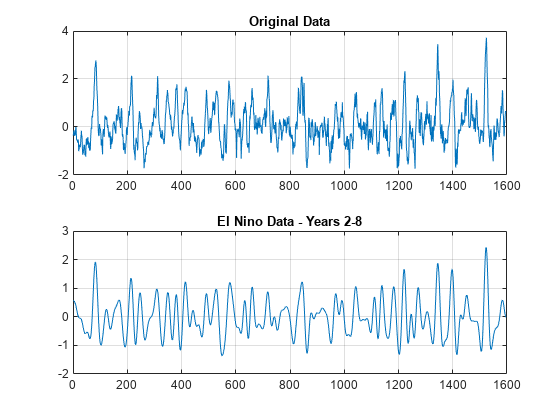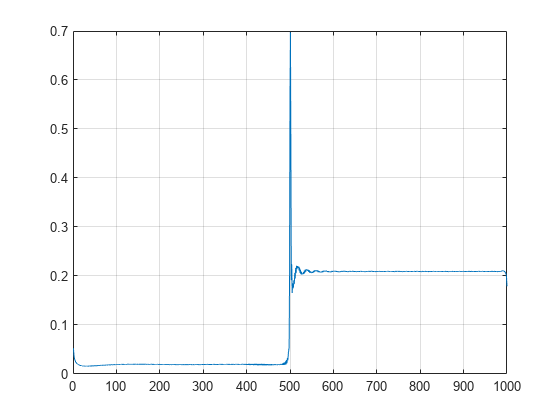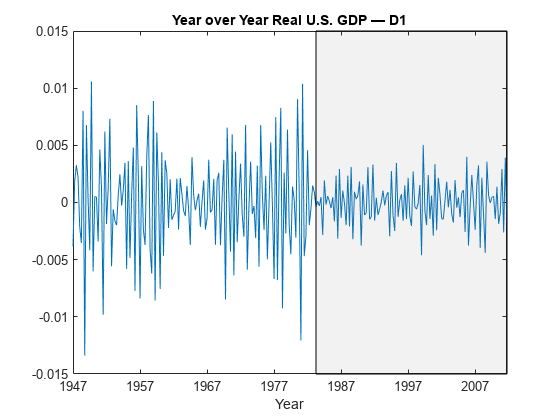Continuous Wavelet Transforms
1-D and 2-D CWT, inverse 1-D CWT, 1-D CWT filter bank, wavelet
cross-spectrum and coherence
Obtain the continuous wavelet transform (CWT) of a signal or image, construct signal approximations with the inverse CWT, compare time-varying patterns in two signals using wavelet coherence, visualize wavelet bandpass filters, and obtain high resolution time-frequency representations using wavelet synchrosqueezing.
Functions
Apps
| Wavelet Image Analyzer | Decompose and visualize images (Since R2023a) |
| Wavelet Time-Frequency Analyzer | Visualize scalogram of signals (Since R2022a) |
Topics
Apps
- Using Wavelet Image Analyzer App
Visualize discrete and continuous wavelet decompositions of images. - Using Wavelet Time-Frequency Analyzer App
Learn how to use to visualize scalograms of 1-D signals and recreate results in your workspace. - Viewing CWT Decomposition of Image in Wavelet Image Analyzer
Learn how to use Wavelet Image Analyzer to visualize a CWT decomposition of an image and recreate the analysis in your workspace.
1-D CWT Analysis and Synthesis
- Continuous Wavelet Analysis
Perform time-frequency analysis with the continuous wavelet transform. - Continuous Wavelet Analysis of Modulated Signals
This example shows how to use the continuous wavelet transform (CWT) to analyze modulated signals. - Continuous Wavelet Analysis of Cusp Signal
Understand the differences between wavelet transform modulus maxima and the CWT of a cusp signal. - Inverse Continuous Wavelet Transform
Understand the mathematics of the inverse continuous wavelet transform. - Boundary Effects and the Cone of Influence
Learn about the cone of influence and how it represents regions of significant boundary effects. - Morse Wavelets
Learn about the generalized Morse family of analytic wavelets.
2-D CWT Analysis
- Two-Dimensional CWT of Noisy Pattern
This example shows how to detect a pattern in a noisy image using the 2-D continuous wavelet transform (CWT). - 2-D Continuous Wavelet Transform
Learn about the 2-D Continuous Wavelet Transform.
Wavelet Coefficients, Scales, and Synchrosqueezing
- Continuous Wavelet Transform and Scale-Based Analysis
Learn about the continuous wavelet transform and the relationship between frequencies and scales. - Continuous Wavelet Transform as a Bandpass Filter
Understand the continuous wavelet transform as bandpass filtering. - Wavelet Synchrosqueezing
Time-frequency reassignment technique for analyzing signals with oscillating modes.





